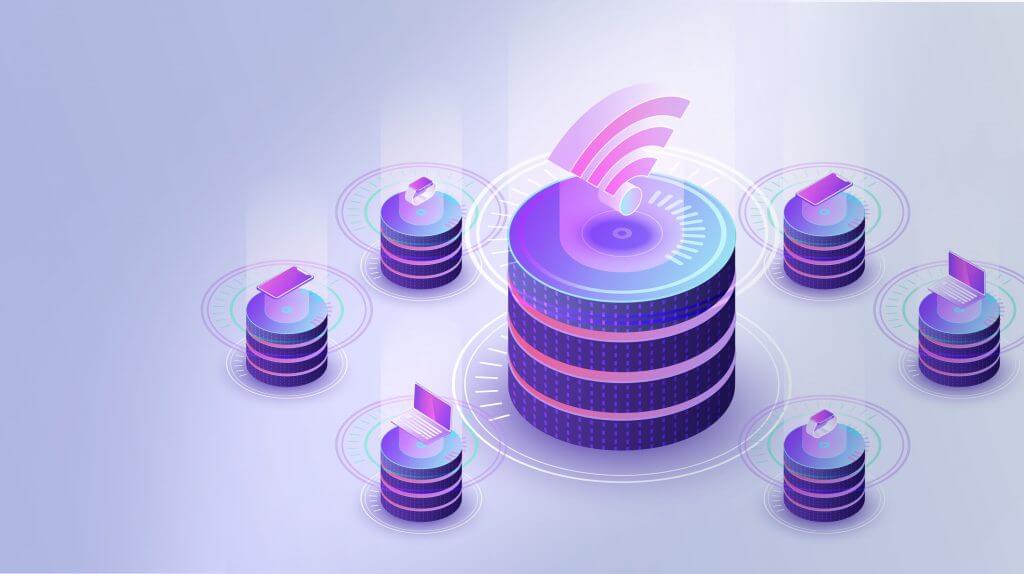
What are intelligent things?
IoT (internet of things) technology is well defined, it refers to the billions of internet-connected devices deployed around the world. But the massive data streams that are produced by IoT devices can be overwhelming. Here's where AI comes into play, introducing the internet of intelligent things.
Back in 2014, Wired Magazine featured an opinion that more work needs to be done to utilise IoT, suggesting that AI may be a solution. In recent years it’s become increasingly clear that IoT networks become intelligent when these networks make use of autonomous technology such as artificial intelligence and machine learning. Technologies such as AI make greater use of the broad connectedness and vast data streams that IoT devices are capable of.
What benefits AI brings to the table
There are existing solutions that can analyse and interpret IoT data, but artificial intelligence and machine learning can draw more advanced insights from data and draw these insights more rapidly. AI can identify unusual trends with greater accuracy and removes the need for human data review by using computer vision and speech recognition.
The business benefits of IoT are well established but the immense advantages of intelligent things are just emerging. Enterprises can look forward to unprecedented ways of operating. Here are just three examples:
Faster responses. Yes, IoT allows enterprises to monitor their operations at a very fine level of detail, getting extreme insight into the day to day activities of companies large and small. Nonetheless, responding to this ocean of data is not always as rapid as it should be. AI allows enterprises to more rapidly react to situations because data is crunched faster, and with more insight.
For example, Fujitsu has piloted the use of intelligent things to get alerted to drops in worker productivity as a result of heat stress. Banks are evaluating AI-enabled real-time analysis of ATM use, including automated CCTV footage analysis enabling faster responses to fraudulent transactions.
Predictive maintenance. IoT already allows industrial concerns to quickly respond to equipment failure. No need to wait for a human inspector to notify of a mishap, broken equipment is reported straight away, and a response can be launched quickly. Yet AI-enabled IoT tech can prevent these failures from happening in the first instance.
An Australian utility company is using predictive-based analytics drawing on IoT data streams to predict which conditions result in equipment failure. As a result, it can take preventative action in time, avoiding costly repairs.
Improved efficiency. IoT devices provide the expansive data streams that allow enterprises to evaluate the performance of individual components to a micro scale. But intelligent computing can tap knowledge from these data streams faster than traditional analysis can.
For example, Rolls Royce is using AI-powered computing platforms to analyse the data generated by its aircraft engines. As a result, Rolls Royce can make design changes and operational recommendations that reduce airline fuel consumption.

Tapping the internet of intelligent things
Clearly, IoT devices can provide deep real-time data pools that deliver extraordinary advantages for enterprises in a range of sectors. Harnessing this data to achieve real benefits is, however, a challenge.
The impact of AI on our daily lives is extraordinary. Yet the combined effect of IoT and artificial intelligence can be game-changing for many industries. You need a partner to tap the true potential of IoT, a partner that understands how to exploit the potential of connected devices. We can help you integrate your IoT data streams with cutting-edge technologies such as AI and machine learning.
Contact us to see how we can harness the treasure trove of data collected by your IoT networks to drive operational efficiency and in turn, your business bottom line.

